Former Deputy Minister of Agriculture and Rural Development Le Quoc Doanh inspected the testing of cassava varieties resistant to mosaic disease in 2019.
For many years, cassava has been one of the main crops, bringing high economic value to farmers in Tay Ninh . However, from 2017 to now, mosaic disease has broken out and spread rapidly, seriously affecting the productivity and quality of cassava starch.
Currently, the area of cassava infected with mosaic disease is still complicated because there is no specific medicine to treat it. However, the price of fresh cassava is high, so farmers use that as a "motivation" to continue planting, despite the disease and the warnings of the authorities.
Farmers are "thirsty" for disease-free cassava seeds
Having been growing cassava for more than 10 years, Mr. Dinh Van Thanh, residing in Sa Nghe hamlet, An Co commune, Chau Thanh district, said that his family has about 5 hectares of land in An Co commune, and every year they usually grow one crop of cassava intercropped with another crop of other crops (bitter melon).
Recently, due to the traditional cassava varieties being affected by mosaic disease, many farmers have encountered difficulties. At first, due to lack of experience, productivity and output decreased by about 30%. Later, thanks to active care, the cassava plants grew better, but the investment costs increased. If it were not for the high price of fresh cassava roots in recent years, he would have probably switched to other crops.
To prepare for the 2023-2024 cassava planting season, Mr. Thanh searched everywhere for cassava varieties that were recognized by the authorities as resistant to mosaic disease and were being propagated. However, finding information was too difficult for him because not many people knew about these varieties.
According to Mr. Thanh, recently, he heard information that a person in Tri Binh commune posted a mosaic-resistant cassava variety for sale on social networks. When contacted by phone, this person said that the cassava variety being sold is the HN1 variety, recognized by the Ministry of Agriculture and Rural Development (MARD) as a mosaic-resistant variety, with a yield of up to 40 tons/ha and a starch score of over 30 points.
Obviously, this was very good news for him. However, after asking for the price, Mr. Thanh was very surprised when the seller offered a price of up to 320,000 VND/bundle/20 plants, 10 times higher than the old varieties of cassava such as HL11, KM140 and KM419...
“If the new cassava variety can resist mosaic disease and produce high yields as advertised, I will not regret investing money, because after one crop, I can sell both the seeds and the tubers, and will quickly recover my capital. What I worry about is whether the quality of the seedlings is correct because no functional unit has verified it yet,” Mr. Thanh added.
Mr. Du, residing in Tra Sim hamlet, Ninh Dien commune, said that he had heard that the provincial agricultural sector was implementing the multiplication and transfer of cassava varieties resistant to mosaic disease to farmers, so he also wanted to buy them to plant, in order to replace traditional cassava varieties that are heavily infected with mosaic disease. According to Mr. Du, he only needs to buy enough to plant about 0.5 hectares or less, then gradually multiply more, so even though the price of cassava seeds is high, he can accept it.
Selected cassava varieties are grown and tested at the Tay Ninh experimental farm.
According to an old farmer in Tra Vong commune, Tan Bien district, almost all old cassava seeds are infected with mosaic disease. From the moment they sprout, the young leaves are curled. If the cassava field lacks moisture, the cassava plants will not be able to grow. In addition, the source of the disease may already be present due to the remaining disease in the soil from the previous cassava crop. Especially when the province does not have a source of disease-free seeds that are completely resistant to the disease, leading to the disease spreading more and more widely.
Mosaic disease resistant cassava, supply cannot meet demand
In the 2022-2023 Winter-Spring cassava crop, Mr. Le Truong An, in Tan Trung B hamlet, Tan Hung commune, Tan Chau district, was transferred HN1 seed source by Tan Chau district Agricultural Extension Station for planting and propagation, with an area of nearly 0.3 hectares. After nearly a year of planting, at the end of April 2023, his cassava field was harvested, according to initial estimates, the cassava yield reached over 400kg/cong.
Mr. An said that this was the first time he had planted a new cassava variety. From the time of planting to harvest, the cassava plants showed no signs of mosaic disease. The cassava plants grew quickly and the canopy closed quickly, so he only had to spend time weeding the first time. According to Mr. An, many people are now coming to him to discuss buying seedlings, not only farmers in the province but also many people from neighboring provinces such as Binh Phuoc and Binh Duong.
Mr. Huynh Phu Quoc, residing in Hoa Dong A hamlet, Hoa Hiep commune, Tan Bien district, said that through information channels from newspapers, radio and social networks, he learned that the specialized agencies of the provincial agricultural sector had found some cassava varieties that were resistant to mosaic disease and were currently being planted and propagated in Tan Chau district. He did not hesitate to face difficulties and long distances to go to Mr. Le Truong An's cassava field to buy cassava seedlings to plant.
According to Mr. Quoc, using old, diseased cassava varieties increases investment costs, due to the need to increase the amount of fertilizer, whitefly insecticide, care and irrigation water. Therefore, he tries to find mosaic-resistant varieties to replace the old varieties.
Mr. Quoc shared: "Compared to the old cassava varieties I grew, the tubers of the HN1 variety are larger and more even, the foliage is wider, and there are almost no plants infected with mosaic disease, which makes me feel more secure when buying varieties here."
HN5 cassava variety is resistant to leaf mosaic disease and gives better yield than traditional cassava varieties with leaf mosaic disease.
Farmers should carefully choose cassava varieties.
Faced with the situation that most local cassava varieties are infected with mosaic disease and there is no specific medicine to treat it, from 2018 to now, the provincial agricultural sector has actively coordinated with the Vietnam Agricultural Genetics Institute (under the Ministry of Agriculture and Rural Development ) and the International Center for Tropical Agriculture (CIAT) to research and test disease-free cassava varieties that are resistant to mosaic disease.
As a result, by the end of 2022, the Provincial Agricultural Extension Center had introduced a number of cassava varieties that are resistant to mosaic disease, namely HN3, HN5 and HN1, to support farmers in direct propagation in the field. Currently, these cassava varieties are growing quite well, providing a source of quality seeds for the locality.
However, due to the small number of initial varieties, especially HN1 variety, the price of varieties was pushed up abnormally high. In many cases, criminals took advantage of farmers' lack of knowledge to sell fake varieties with identifying characteristics similar to varieties resistant to mosaic disease.
A cassava farmer in Tan Hung commune, Tan Chau district said that because he was worried about not being able to plant in time for the season, through the introduction of some people, he bought cassava seeds from traders, which were HN5 cassava varieties, not infected with mosaic disease, for 40,000 VND/bundle.
However, not long after planting, the newly grown cassava plants showed signs of leaf curling (a symptom of mosaic disease), which left him disappointed. According to some farmers who bought fake cassava varieties, many traders are now introducing the seedlings as HN5 cassava variety with red leaf stalks, but in fact they are Thai cassava varieties, which are not resistant to mosaic disease as advertised but are sold at higher prices than the market.
Many cassava varieties have been researched and tested for good resistance to mosaic disease.
Mr. Duong Thanh Phuong - Head of Tan Chau District Agricultural Extension Station, currently, cassava varieties resistant to mosaic disease HN3, HN5 are being transferred to farmers for rapid propagation. As for HN1 variety, the seed source is still limited, currently in the district there are about 30 hectares. While the demand for disease-free seed sources is very high, there have been many cases of taking advantage of the situation to sell fake seeds, causing losses to growers.
According to Mr. Phuong, farmers who need to find a source of disease-free cassava seeds can contact the provincial Agricultural Extension Center to be introduced to reputable seed production locations, so as not to mistakenly buy cassava seeds infected with mosaic disease.
Good Virtue
Source link


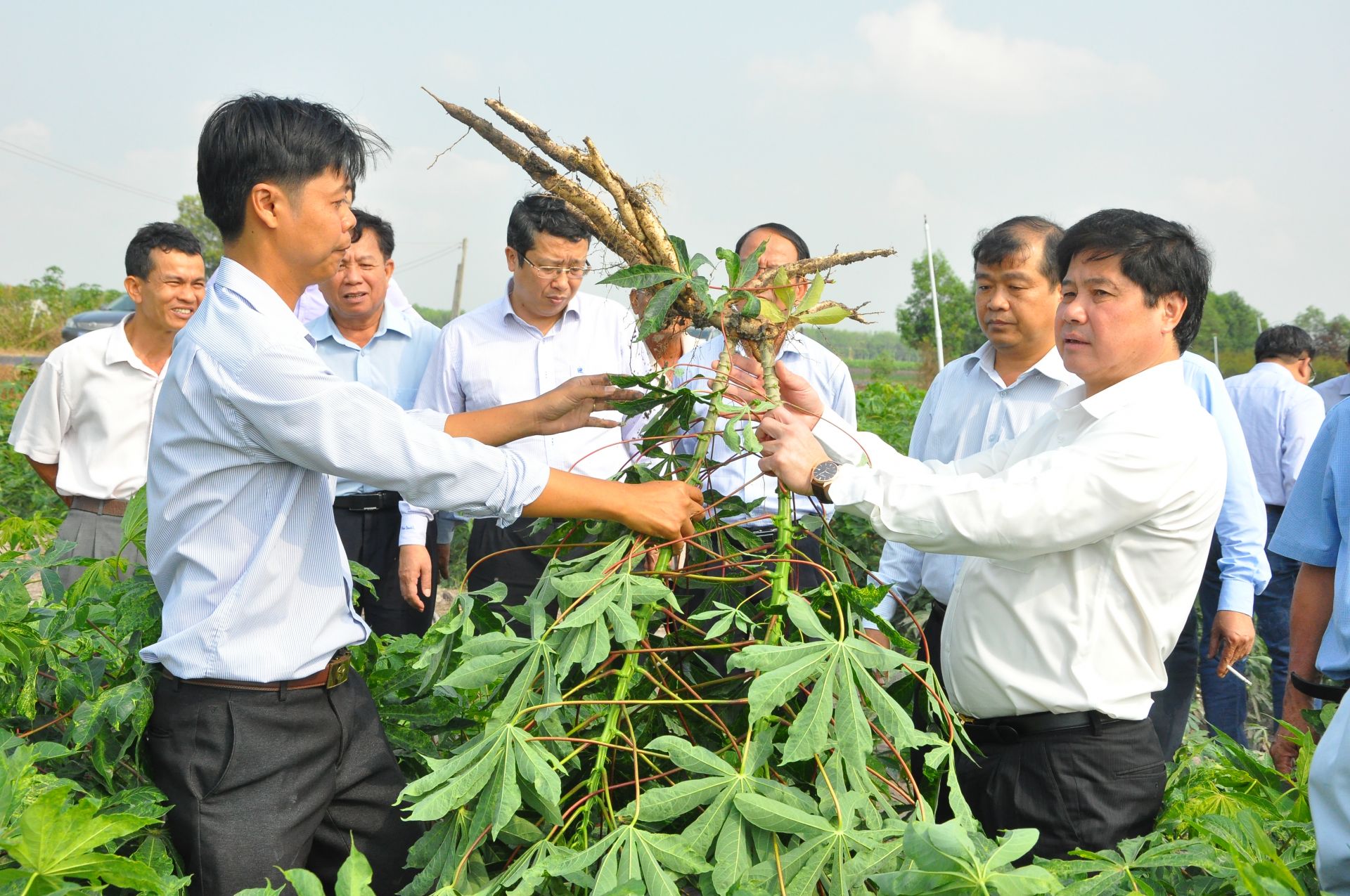
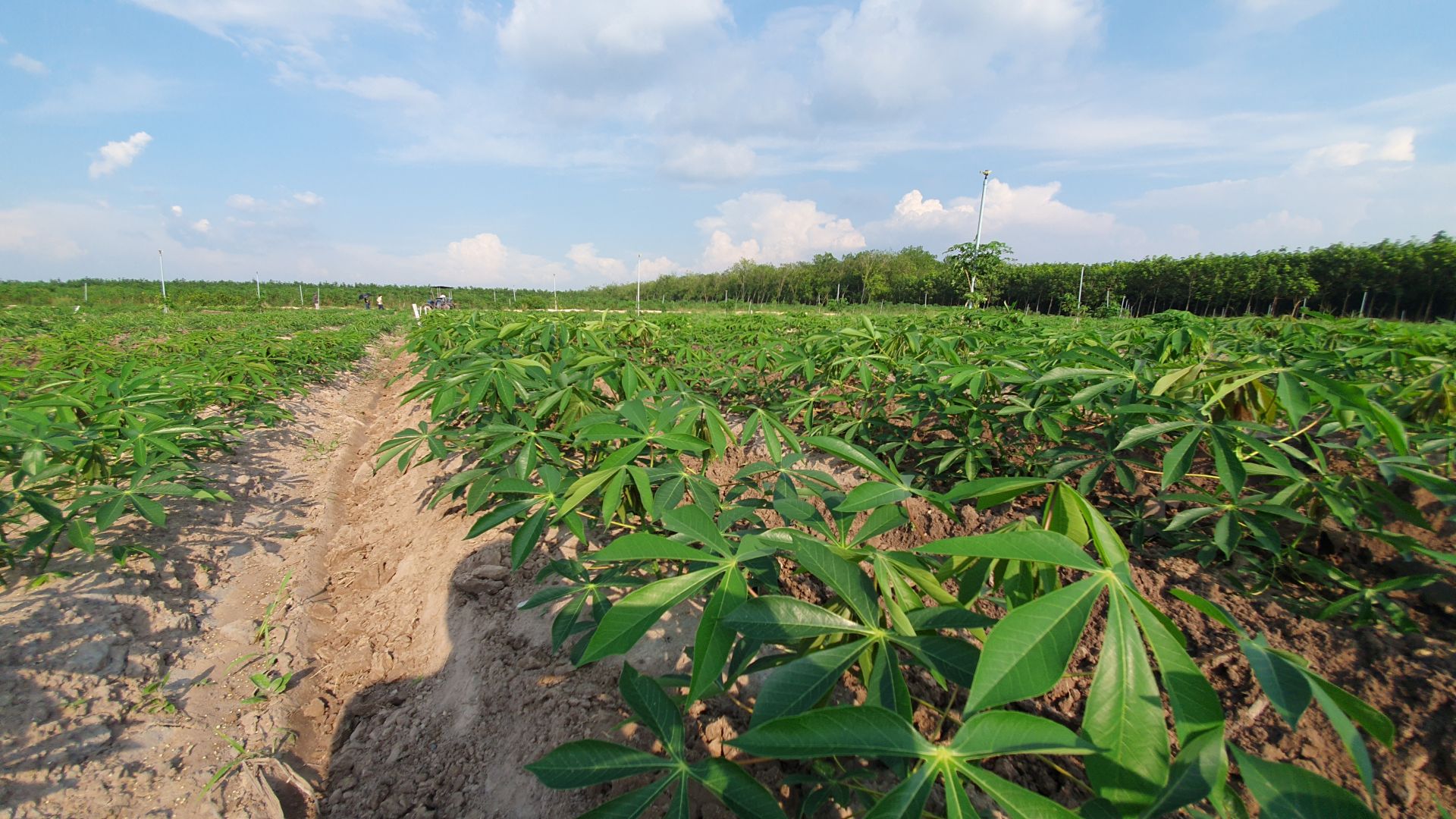
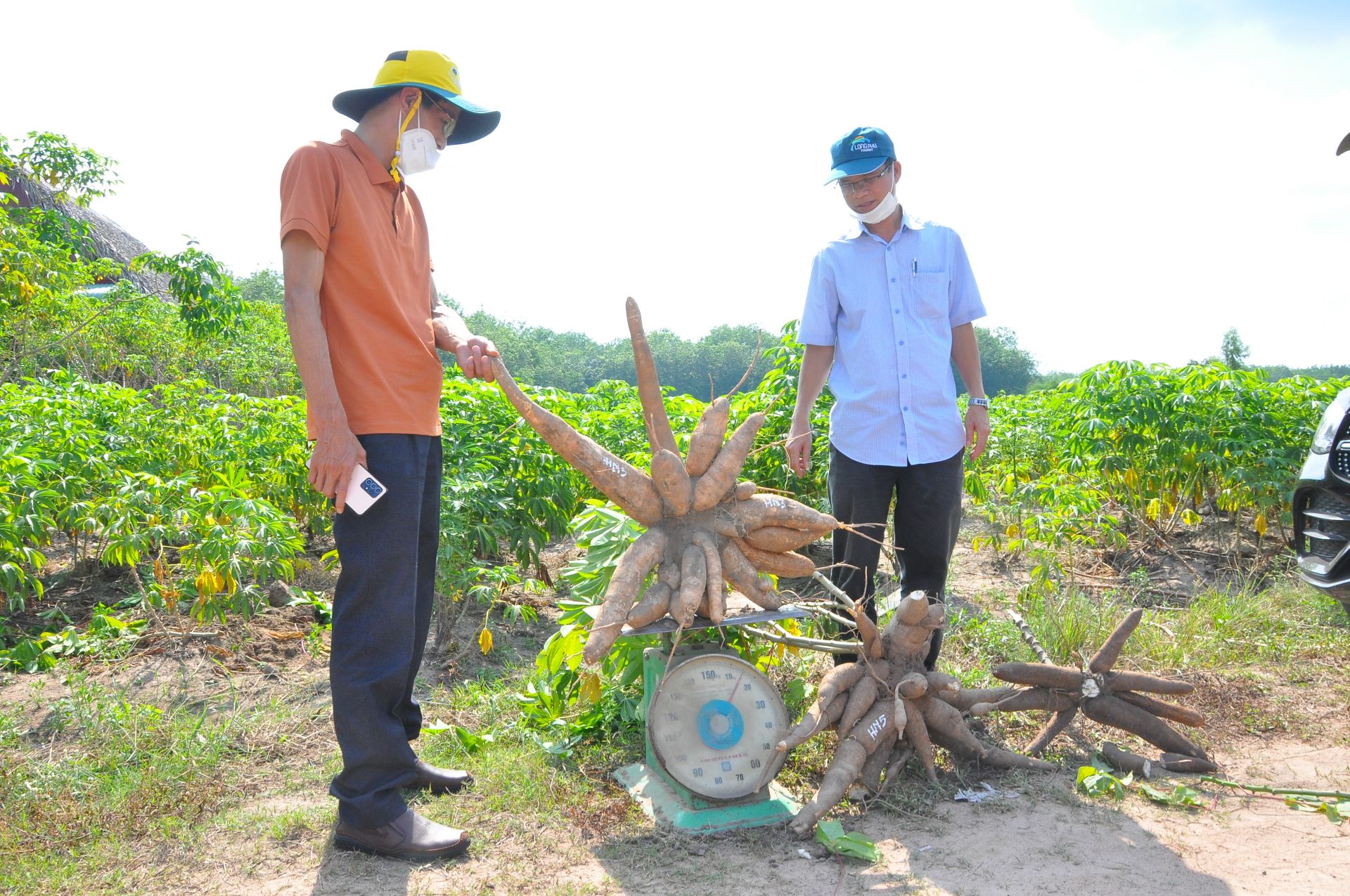
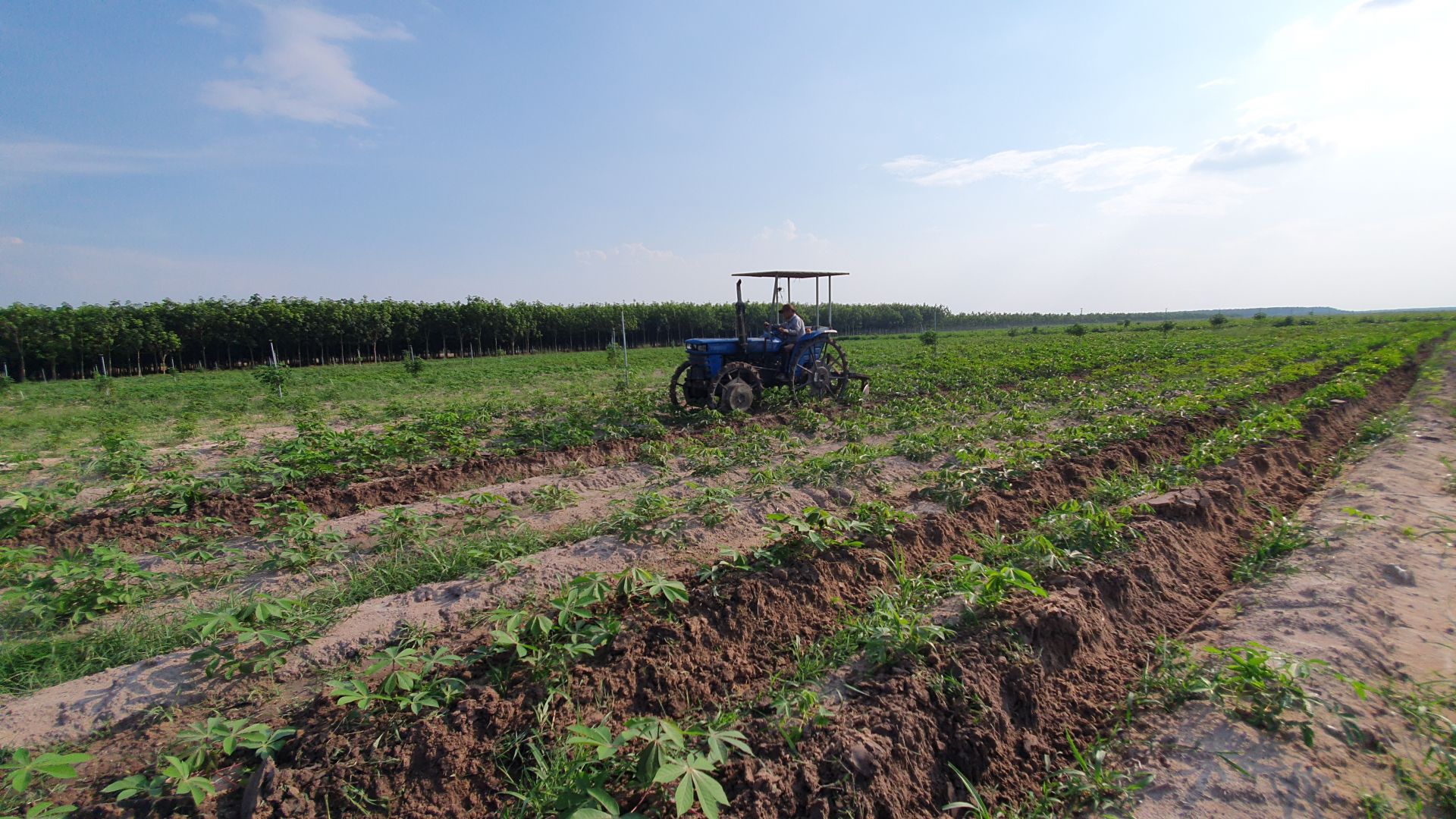





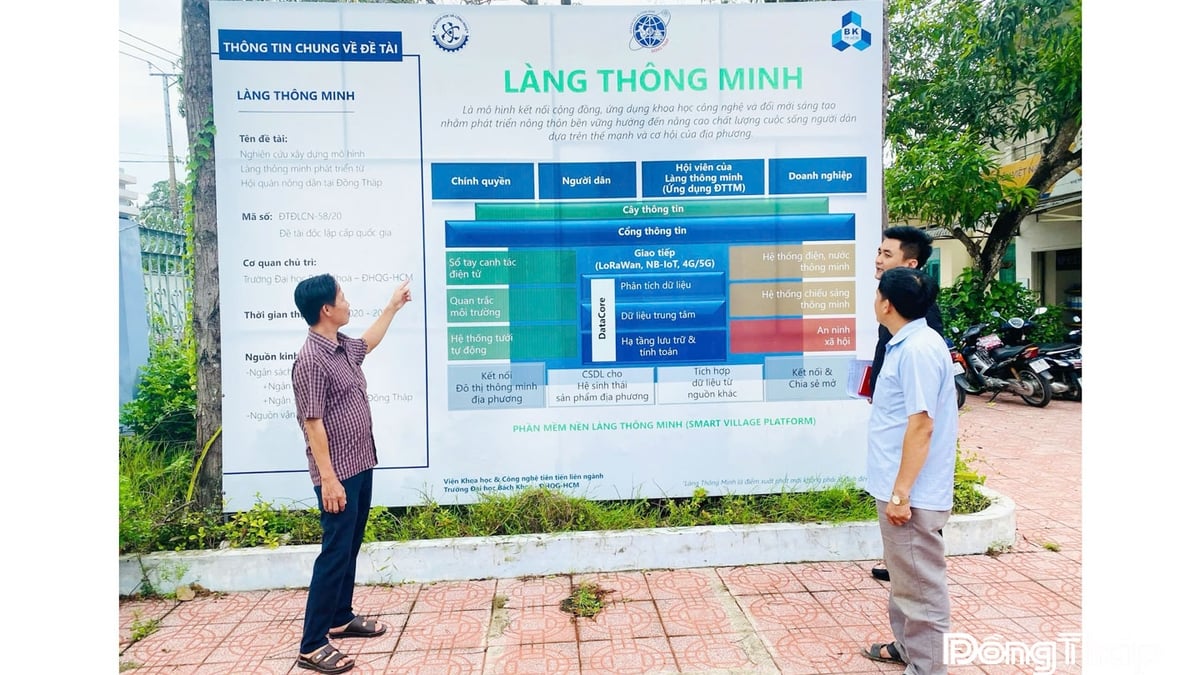

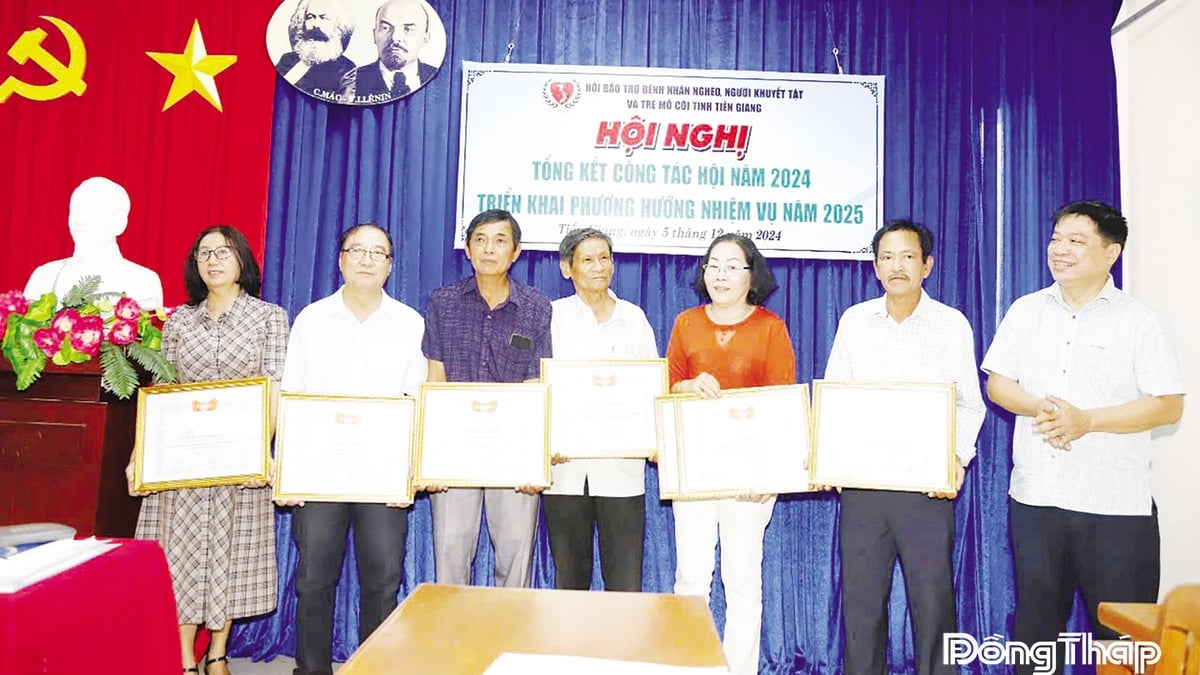
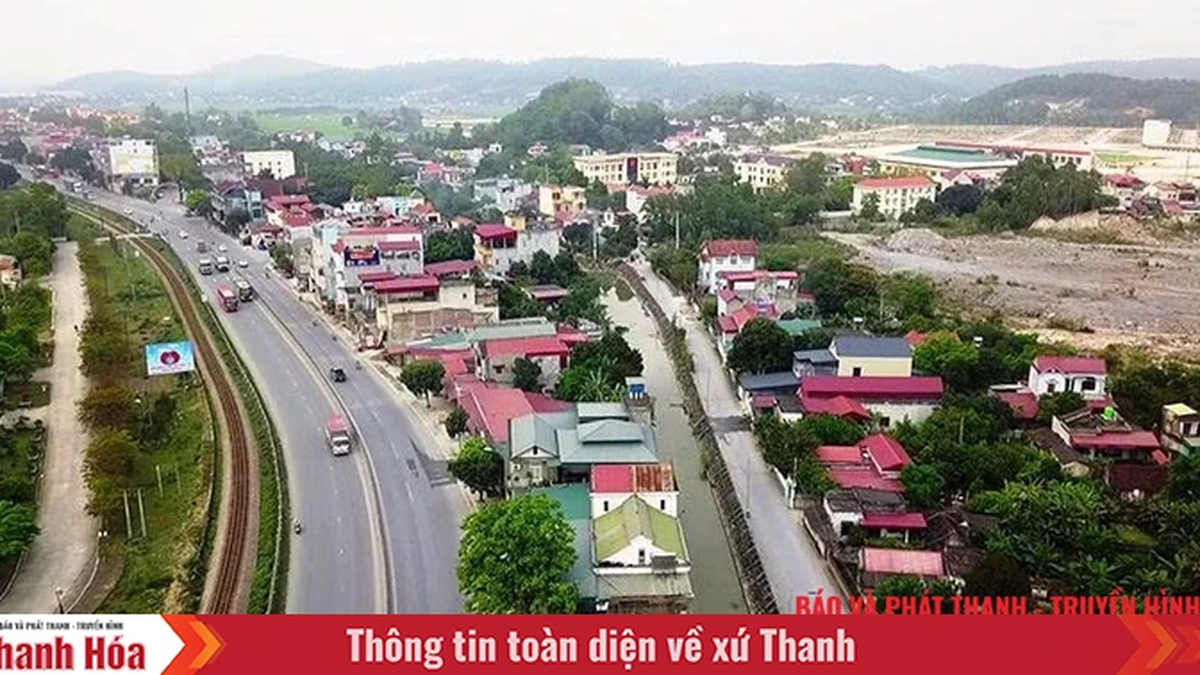
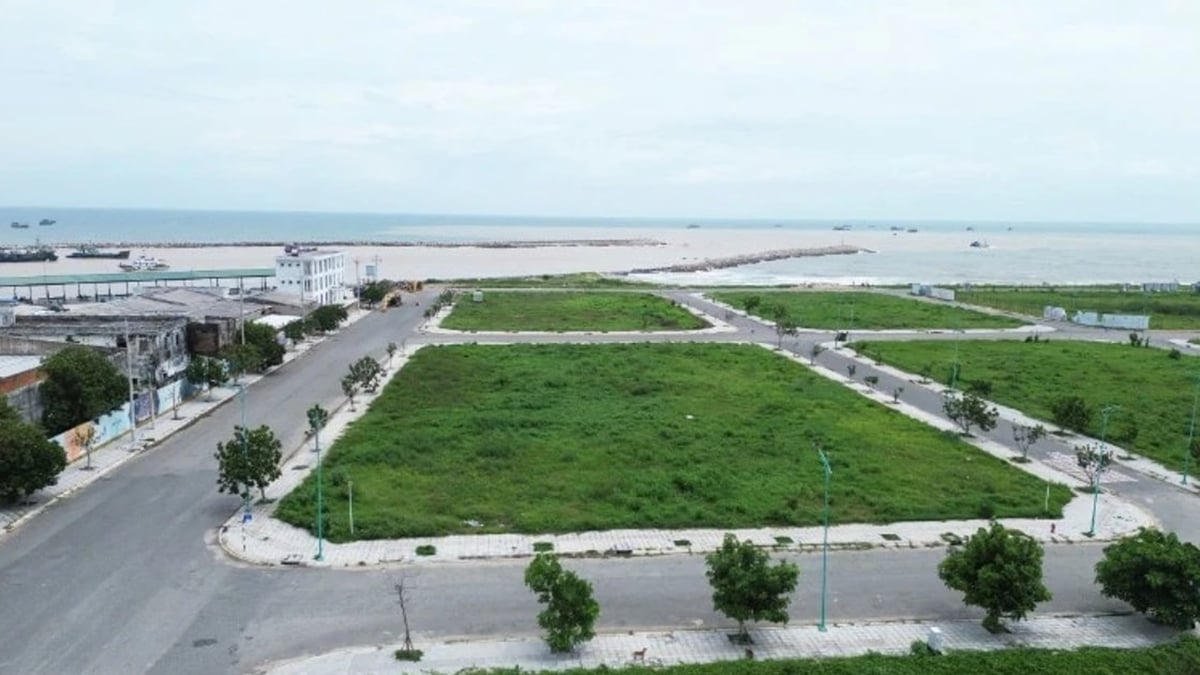















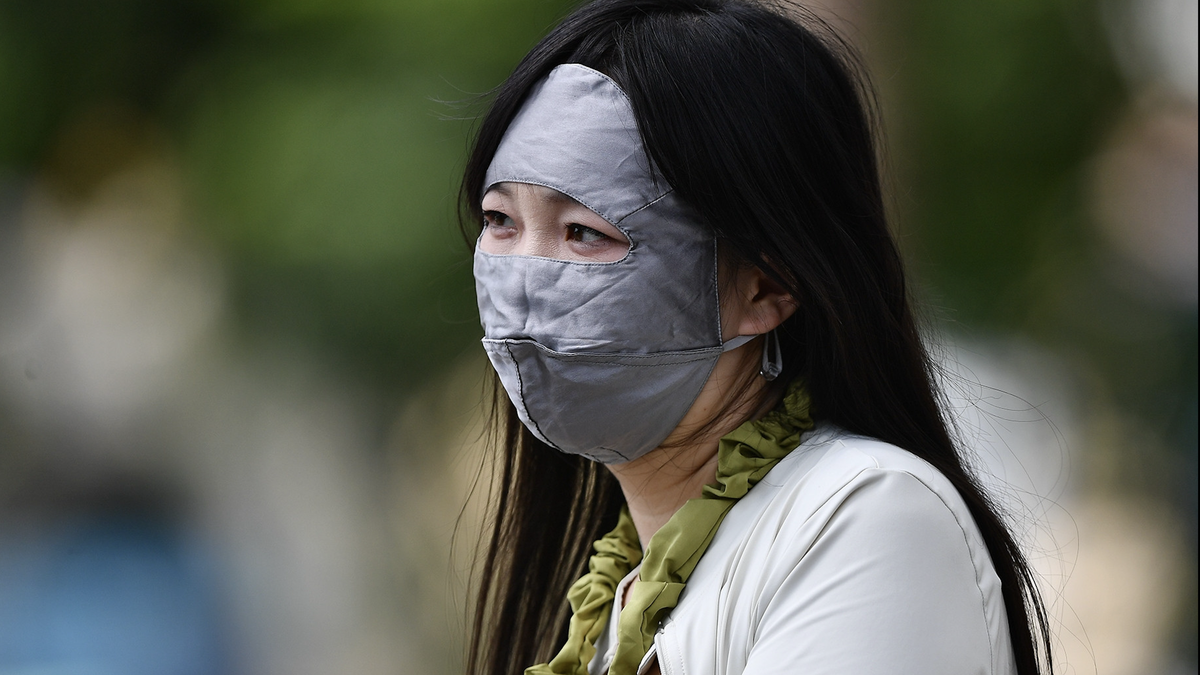



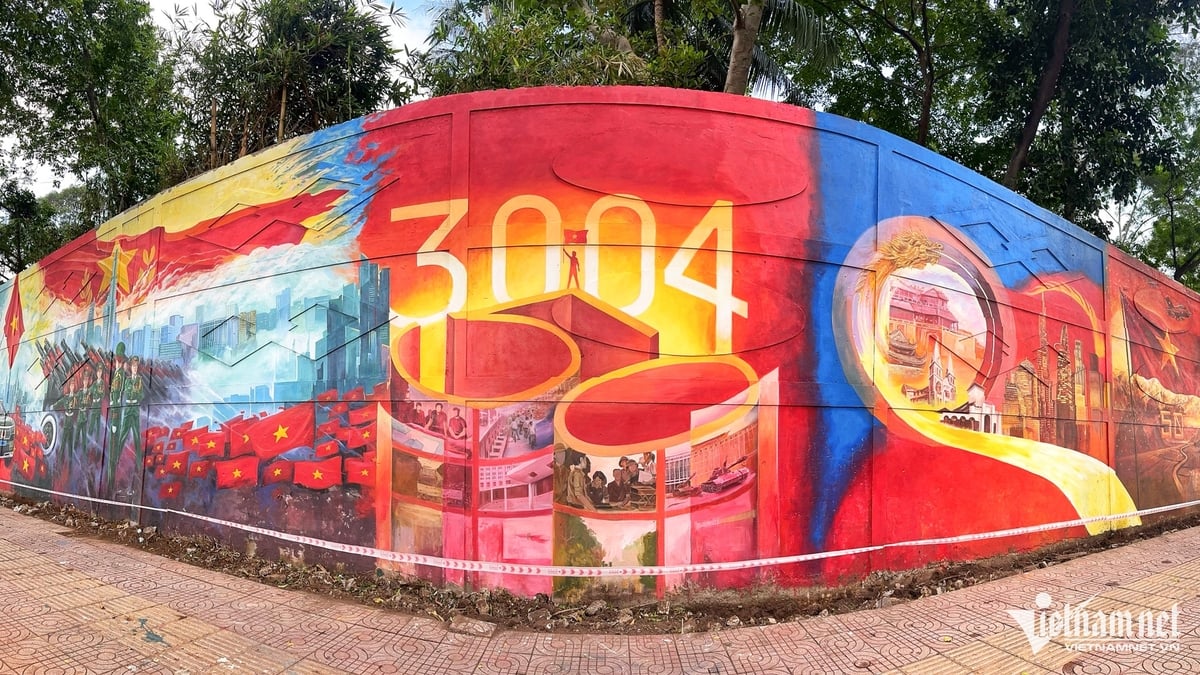






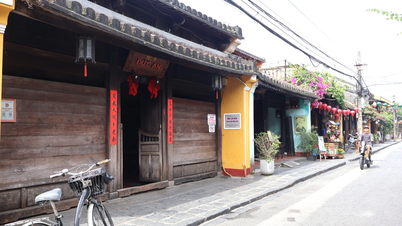

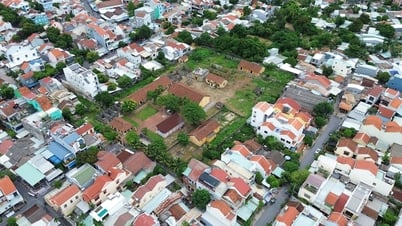














![[Maritime News] Two Evergreen ships in a row: More than 50 containers fell into the sea](https://vphoto.vietnam.vn/thumb/402x226/vietnam/resource/IMAGE/2025/8/4/7c4aab5ced9d4b0e893092ffc2be8327)










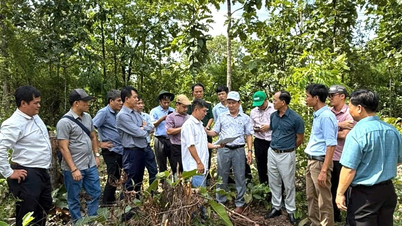

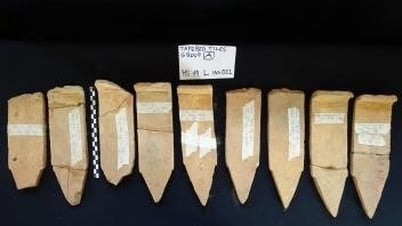









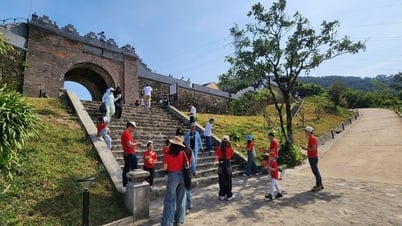

















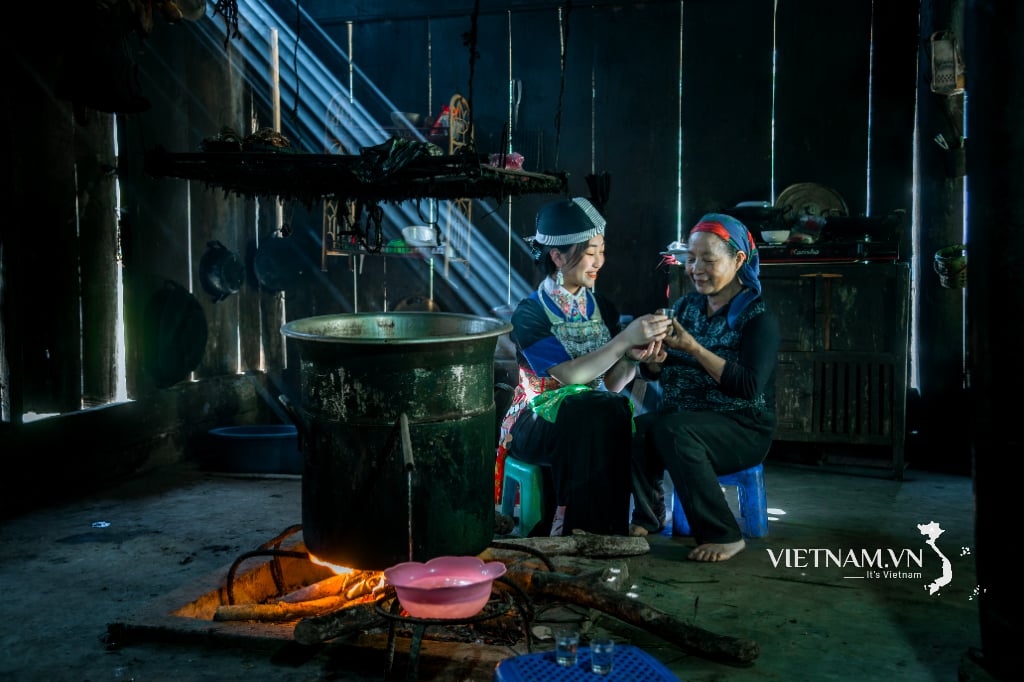
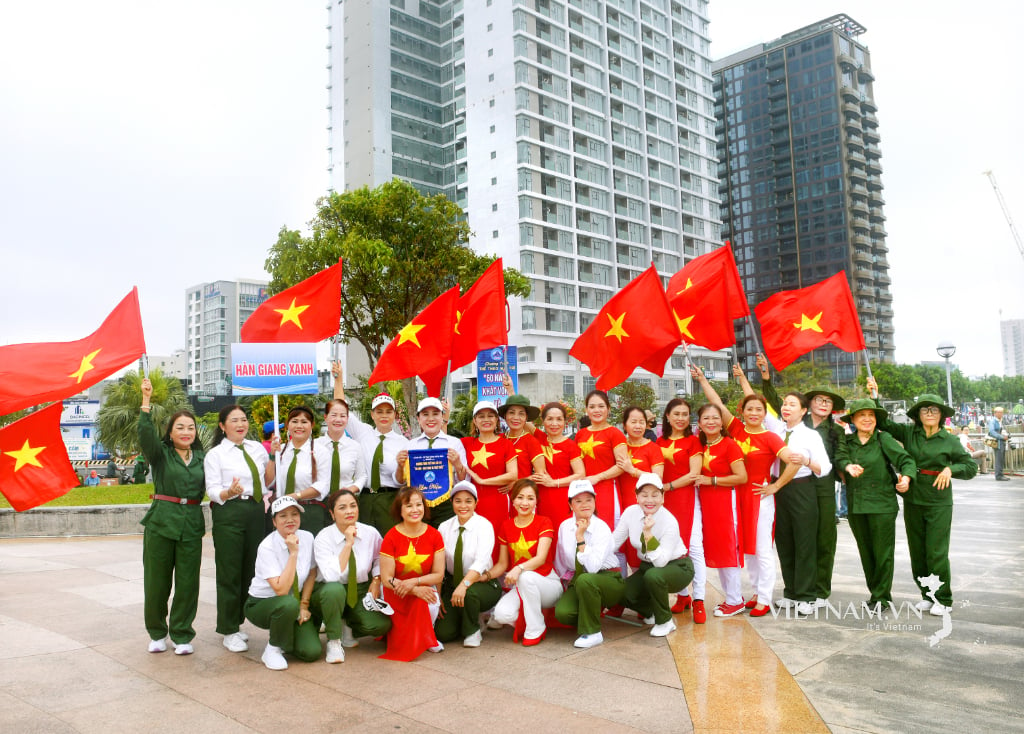
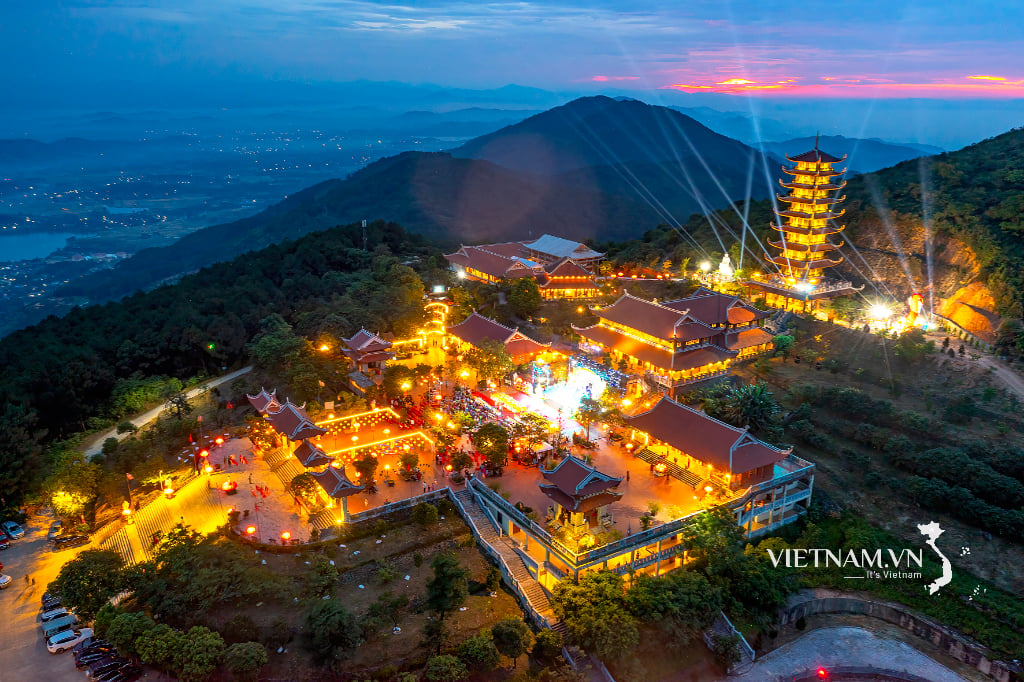
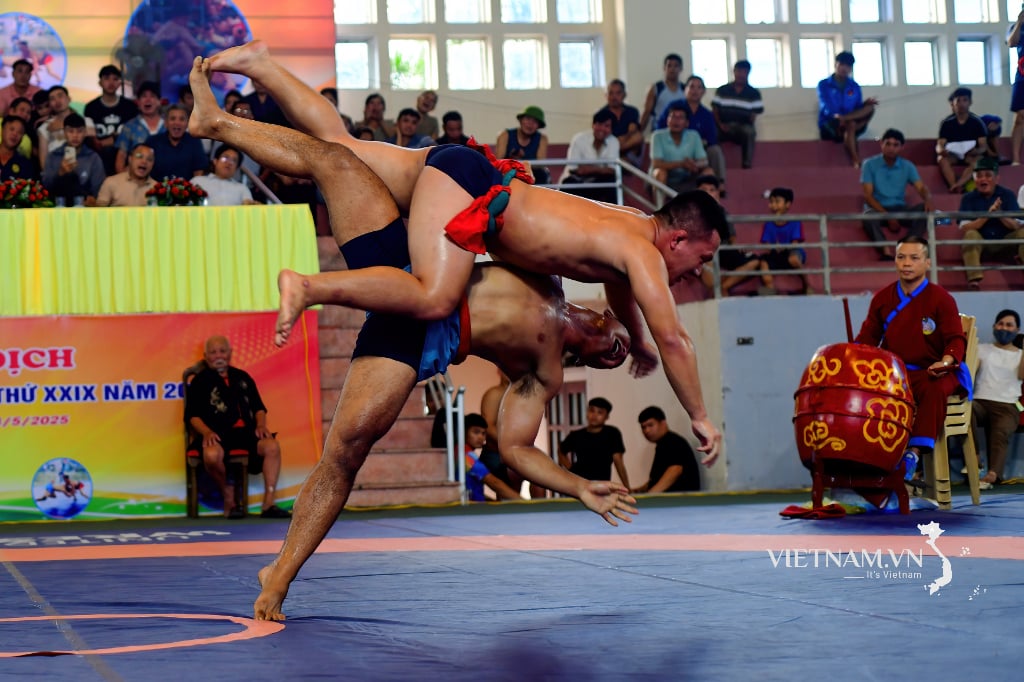
Comment (0)